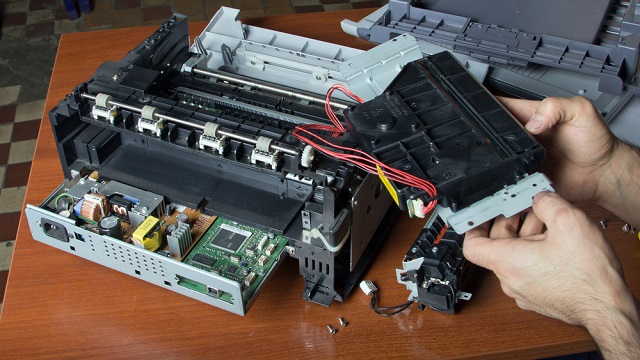How Can You Become a More Optimistic Person?

Research in general has found that optimism in part is genetic. I’m sure many of you know people that just seem to see the glass half full. They have the confidence that they think they can get through tough times. They’re optimistic. So genetics is part of it, but genes are not destiny and in some cases you can help people become more optimistic.
In fact, there is a form of therapy for depression and anxiety problems called cognitive behavioral therapy and that can enable you to become a more positive person, now, but the kind of optimism that is important is not Pollyanna optimism, optimism that doesn’t fully take into account the challenge that you face.
There is a term called the Stockdale paradox. Jim Stockdale was a heroic POW and the Stockdale paradox really defines the optimism that is most important in becoming a resilient person and that is when you’re faced with a challenged or a trauma you look at that challenge objectively. You might make the assessment I’m in really big trouble. You have a realistic assessment of what you’re facing. On the other hand, you have the attitude and the confidence to say, “But I will prevail. I’m in a tough spot, but I will prevail.” That is the optimism that relates to resilience.
How can you become a more optimistic person? There is a form of therapy called cognitive behavioral therapy that can be seen as useful even if it’s not considered, a “therapy,” and that is it enables you to kind of look at your attitudes towards certain things in an objective way.
If you’re feeling pessimistic about something that maybe you shouldn’t feel pessimistic about, it instructs you to objectively look at the situation, look at your skills in handling the situation and develop a more realistic way of thinking about it and usually that would enable you to say “I think I could probably handle this problem instead of taking an initial pessimistic attitude.” It’s really a matter of using analytic techniques, cognitive techniques to evaluate your current situation.
Another way of doing that that is very helpful and is part of our resilience prescription is to identify a role model. Role models are very helpful in getting through tough times and that is, you seek out individuals who may have gone through something similar to what you’re going through and they’ve gotten through it and you talk to them and you begin to identify with them gee, how did you handle this problem, how did you get through overcoming a rape or post traumatic stress disorder related to being in combat and not just one role model because most frequently one person doesn’t fully capture all of what you want to learn and how to get through a trauma, so you should have multiple role models. One role model will help you with one aspect of what you’re facing and another will help you with a different aspect.
If you take the analytic approach to realistically look at your skills and your strengths and help develop a plan, a roadmap to get through a challenge and identify role models in your life you’ll be on the road to optimism.





